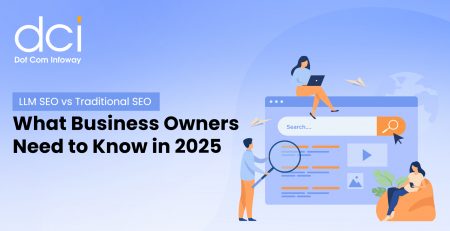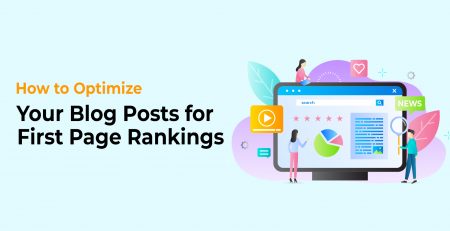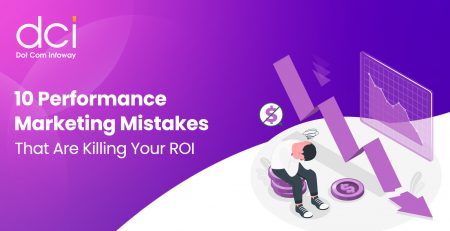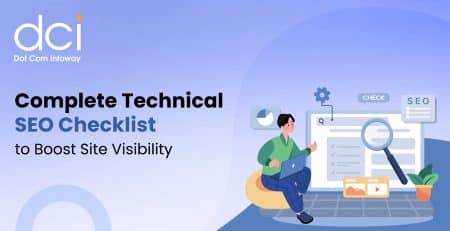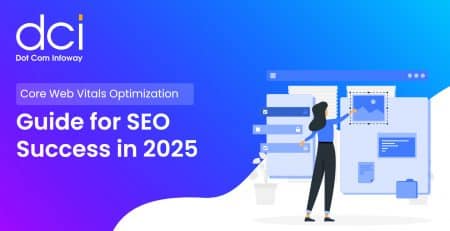How to Optimize Your Blog Posts for First Page Rankings
Search engine rankings can make or break your blog’s success. If your content doesn’t show up on the first page of Google, it’s likely buried in digital obscurity. Fortunately, learning how to optimize your blog posts for first-page rankings isn’t rocket science it’s a blend of smart strategy, compelling writing, and Search Engine Optimization (SEO) fundamentals. Whether you’re a beginner blogger or a seasoned content creator, this guide will show you how to transform your posts into search engine magnets.
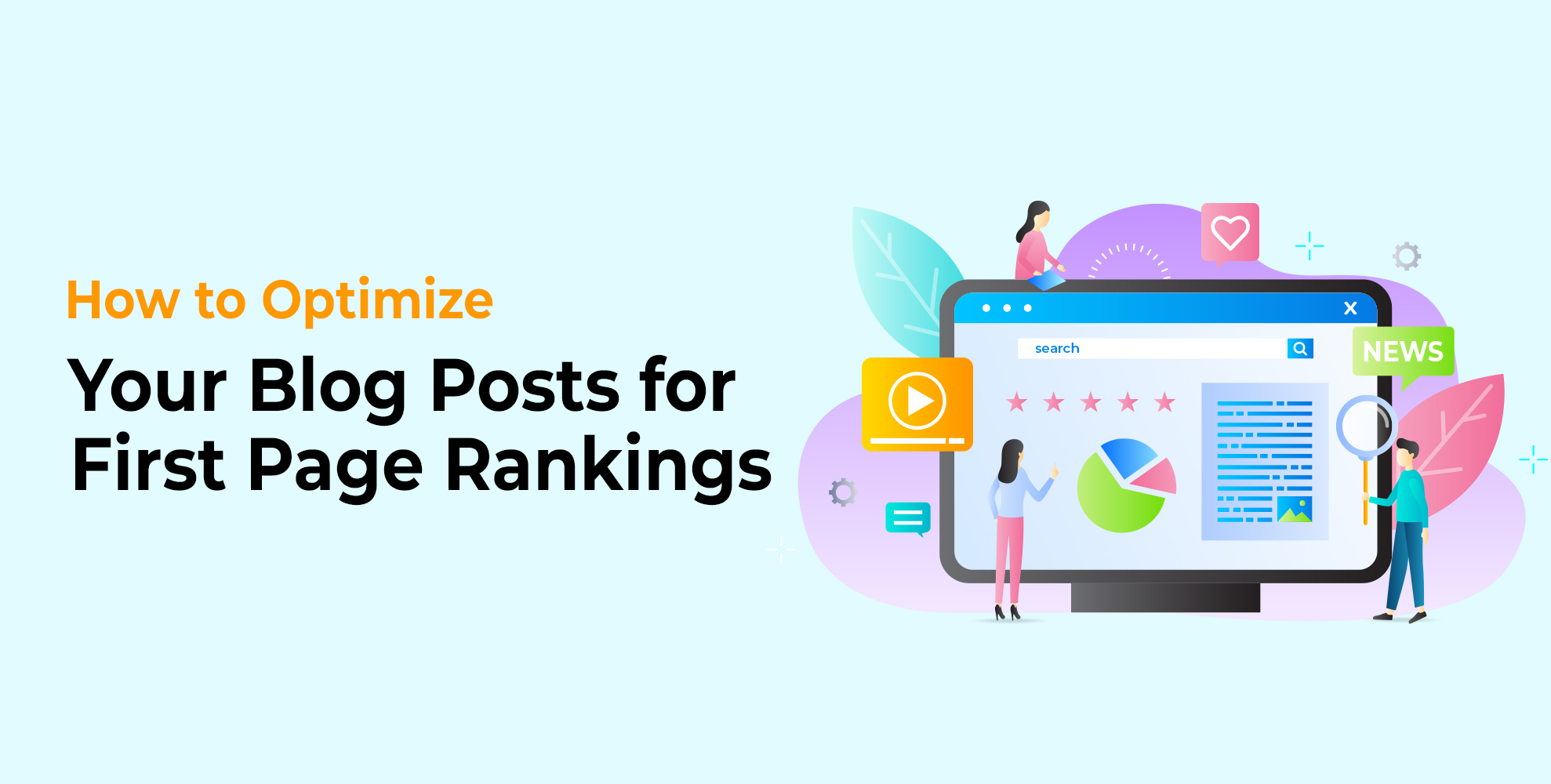
The Power of Optimization
When it comes to content creation, hitting “publish” is only the beginning. If your blog doesn’t appear when people search for your topic, you might as well be whispering into the void. Optimizing your blog posts for first-page rankings means crafting your content for humans and search engines. This doesn’t mean stuffing it with keywords until it’s unreadable—it means weaving relevance, structure, and clarity into every paragraph.
Start with Keyword Research
Every great SEO journey begins with a map and your map is keyword research. Find out what your audience is searching for. Use tools like Google Keyword Planner, Ubersuggest, or Ahrefs to uncover keywords that have high search volumes but manageable competition. Choose a focus keyword such as “how to optimize your blog posts for first page rankings” and naturally build your content around it.
But here’s the twist: don’t stop at just the focus keyword. Sprinkle in long-tail variations and related terms, like “SEO blog tips,” “increase blog traffic,” or “WordPress optimization.” These semantically related terms help Google understand your topic more fully.
Craft a Magnetic Title Tag and Meta Description
First impressions happen on the search results page. Your title tag is the clickable headline in Google’s results, and your meta description is the brief snippet that follows. For blog optimization, these need to grab attention while including your keyword. A good title combines curiosity and clarity, like “How to Optimize Your Blog Posts for First Page Rankings: 7 Tactics That Actually Work.” It promises value, and the number adds an element of structure readers love.
The meta description should reinforce that promise. Highlight the benefit of reading your blog: “Discover how to optimize your blog posts for first page rankings using expert SEO techniques and engaging content strategies.” Keep it under 155 characters so it doesn’t get cut off.
Use Headings to Structure Your Content
Search engines love structure and so do your readers. Break your content into logical sections with H2 and H3 headings. This makes your blog easier to scan, which increases time on the page and lowers the bounce rate both of which Google notices. Your focus keyword should appear in some of these headings (but not all). Overusing it can backfire.
Think of headings as chapter titles in a book. They should tell the reader exactly what to expect. For example: “How Internal Linking Boosts Blog SEO” or “Optimizing Meta Descriptions Like a Pro.” Each heading should guide your reader deeper into your content, like stepping stones across a stream.
Make Your Content Readable and Relatable
Great content feels like a conversation. Use short sentences. Avoid jargon. Keep your paragraphs tight and focused no one wants to trudge through a wall of text. According to Yoast SEO, aiming for a Flesch Reading Ease score of 60–70 is ideal for most audiences. That means your blog should be understandable to a 13- to 15-year-old reader.
Use transition words to connect your ideas. Phrases like “in addition,” “for example,” and “as a result” create flow. They act like road signs, guiding your reader through your thoughts. And don’t forget to add a little voice. A well-placed “honestly” or “let’s face it” can make your writing more human.

Ready to boost your website’s rankings and online visibility?
Discover how our expert SEO services can resolve ranking issues, drive traffic, and elevate your website’s performance to the next level!
Optimize Images and Add Alt Text
Images do more than decorate your post they impact SEO. Make sure each image is relevant and optimized. Compress them to speed up page load time and always, always include alt text. This isn’t just good for accessibility; it tells Google what the image is about.
When writing alt text, describe what’s in the image and include your keyword when relevant. For example, if your blog is about how to optimize your blog posts for first page rankings, an image showing SEO analytics might have alt text like: “Google Analytics dashboard showing blog traffic increase after SEO optimization.”
Link Internally and Externally
Links are the lifeblood of SEO. Internal links (to other relevant blog posts on your site) help search engines understand your site structure and keep users exploring. External links (to reputable sources) show that your content is well-researched and trustworthy.
Let’s say you’re discussing blog readability. Link to a post on using the Flesch Reading Ease score, or to a case study showing bounce rate improvements. But be selective too many links can overwhelm you. Aim for 2–5 internal and 2–4 external links per 1000 words.
Write for People, Then for Search Engines
This is the golden rule. Optimization is important, but engagement is everything. Google’s algorithms have evolved. They understand natural language. So, while your post should include the keyword “how to optimize your blog posts for first page rankings” six times (max), it should never sound robotic. Write with flair. Use stories, metaphors, and examples. Then, go back and ensure the technical SEO boxes are ticked.
How to Optimize Your Blog Posts for First Page Rankings
This isn’t just about SEO tricks it’s about creating content that people genuinely want to read, share, and come back to. Optimizing your blog for first page rankings means combining search engine strategy with authentic, compelling writing. It’s about clarity, connection, and continuous improvement.
Whether you’re using WordPress, Wix, or any CMS, the principles remain the same. Use headers wisely. Keep your sentences short. Reduce passive voice. Use your keyword with intention. And above all—write like a human, for other humans.
Conclusion
Blogging for the first page of Google isn’t about tricks—it’s about balance. Blend technical SEO with user-focused writing. Keep refining your approach as you learn more about your audience and analytics. And most importantly, remember: the heart of optimization is serving your reader better.
Also, consistency is king. Publishing one optimized post won’t skyrocket your traffic overnight. But showing up regularly, optimizing every blog post you write, and constantly improving based on performance data? That’s how you build authority, trust, and long-term rankings.


